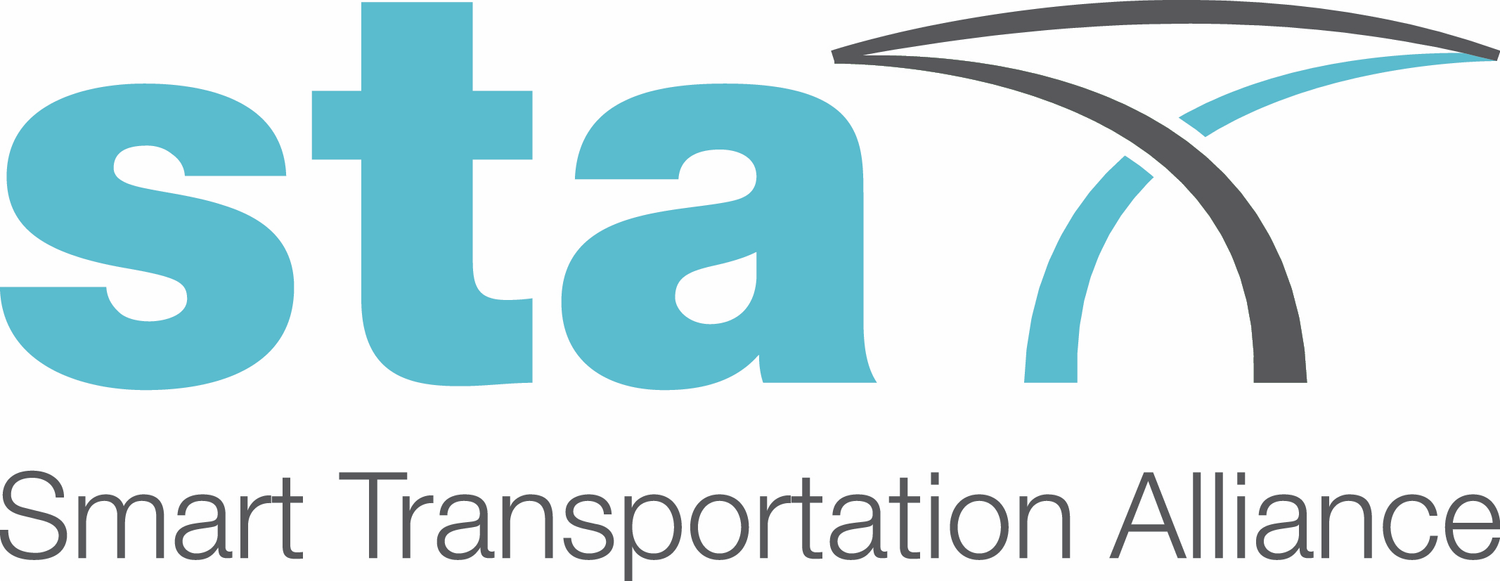NEW STA DISCUSSION PAPER ON DIGITISATION OF TRANSPORT INFRASTRUCTURES
Copyright: Shutterstock
STA is proud to announce the release of a new Discussion Paper under the title “Taking Transport Infrastructures into the Future: The Digitisation of Road Networks”, following a comprehensive literature review of the current scientific and operational state-of-the-art and prospects of digitising transport infrastructures in Europe and beyond. The Discussion Paper is authored by the STA Secretariat: Dr José F. Papí, President & Secretary General, Mrs Friederike L. Kühl, Programmes Coordinator and Mrs Eftychia Koliou, Communications Officer.
From February to August 2024, STA members worked intensively to identify how digitisation - an omnipresent concept and keyword in the industry - can improve road infrastructures by subsequently enhancing transport efficiency, safety and sustainability while aligning with the EU Taxonomy and Green Deal objectives.
The paper reviews global efforts in digitisation, noting that Europe is leading with extensive projects aimed at enhancing transport infrastructure today. However, noteworthy developments have taken place worldwide; In Asia, digital innovations are rapidly increasing with notable progress in integrating robotics and automation, while Australia has started using AI tools for highway risk assessment. Meanwhile, the North American research appears to be better structured, prioritised and harmonised than in Europe, focuses on new materials and streamlined governance. On the African and South American continents, digital developments are still emerging, with the active role of different actors further supporting their efforts.
One of the report’s key insights is that while many industries, such as railways and aviation have largely digitised, however, road networks and waterways face specific struggles. The challenges identified after reviewing the current state-of-the-art are the following:
Longevity: Digitising roads that were built many decades ago proves difficult due to the long lifetime and therefore slow integration of innovations (a sealed road surface can last up to 25 years), so studies will emerge only in the next decades and opportunities to introduce new hardware into infrastructures can only be performed during construction or repair works;
Maintenance: Maintaining different types of roads can be costly and complex and the maintenance requirements usually have to adhere to strict regulations - it is unclear how and if new emerging technologies will be recognised as valid inspection and maintenance tools in the future (for example drones or camera vision);
Harmonisation: Aligning digitisation efforts can be a long-term and intricate process to ensure the cooperation of all relevant stakeholders in the environment and without breaching GDPR-compliance;
Interoperability: Ensuring smooth interoperability of data, which is open-source and machine-readable has proved challenging.
STA provides constructive suggestions and recommendations upon a collaborative, multi-technology approach to address these issues. Although, digital innovations globally have not reached the expected point, significant steps have been taken towards a more digitised future for the transportation infrastructures industry.
Overall, this paper serves as both a call to action and a roadmap for the future. By emphasising the need for innovation and collaboration across the industry, STA aims to foster a dialogue that will drive the transport sector towards a fully digitised future.
To explore the latest digital advancements in transportation infrastructures, we invite you to register for the 2024 STA Annual Conference & Innovation Awards, held under the motto “Advancing the Digitisation of Transport Infrastructures”. This year the programme will focus on showcasing the latest digital advancements in road, maritime and aviation infrastructures.
Join us for a unique one-day event in Madrid, Spain, on 7 November 2024.
Author: Eftychia Koliou (Smart Transportation Alliance)

